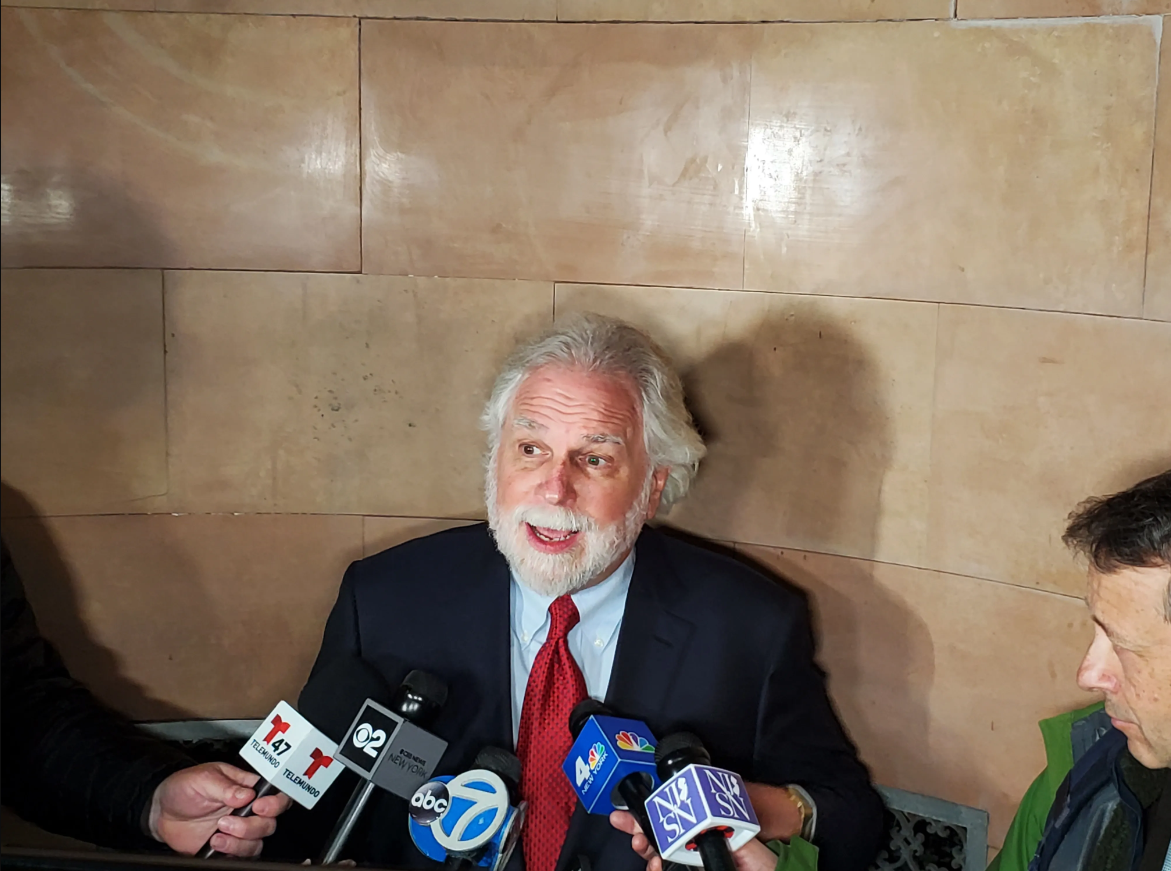Don’t get the big guy mad. That’s something I learned in a painful sixth grade incident, and something the “alternative energy” people are learning right now.
These folks have been bragging in the schoolyard how hydrogen-based fuel cells, or electricity from the grid, or some proton accelerator device used in combination with goat dung, are soon going to put the gasoline-fueled internal-combustion (IC) engine in its place.
Well that may happen, but it’s not happening as quickly as their cheerleaders might have surmised. Some delay is due to the fact that these new technologies can’t seem to get their act together, particularly when it comes to infrastructure.
Another factor holding up the revolution is that the IC engine is fighting back with a vengeance. Its kicks are finding shins and soft places.
There’s also a deadline looming to keep the IC troops in fighting trim; U.S. legislation calls for a corporate fleet average of 35 mpg by 2016. The uncertainty in the alternative stuff means the IC engine needs to be very much in play in 2016, and that they need to be much better than they are now.
Here are some of the new ways automakers are using to make the IC engine more efficient:
More Electric Components: A lot of pumps and things that previously were driven off the engine via belts are now going electric. Electric steering is almost across the board now, and this season, we’re seeing a few vehicles with electric water pumps. (The IC motor in the Toyota Prius, for example, has absolutely no drive belts.)
Decoupling on components: When not called up, some air-con compressors basically de-couple themselves from the engine. The new BMW 550i Gran Turismo now features an alternator that de-couples (via a clutch), and is only connected and working when the vehicles is decelerating or braking. In this way it produces electricity without drawing virtually any power from the engine.
Regenerative braking: To make sure there is enough electricity to keep everything powered, the BMW 550i Gran Turismo is the first “non-hybrid” North American vehicle to feature regenerative braking (a system that converts the potential energy of the moving vehicle into electrical juice.)
Auto stop-start: Another hybrid feature that will soon migrate to non-hybrid vehicles is auto stop-start, which shuts your engine down as soon as the vehicle stops, and starts it up again, as soon as you get back on the gas. It’s available now on some non-hybrid European models, like the diesel BMW 1 Series.
Fuel shut off: Of course there is continuing development of powertrain systems, like turbo charging, direct injection, variable valve trains, engine computerization, etc. Some automakers, such as Ford, have programmed their computers to completely shut off fuel to the cylinders, when the vehicle is coasting.
Keeping the driver informed: We’ll see more gauges and displays to prompt and/or help the driver operate the car, and its IC engine, in a more efficient manner.
The rumour that a certain automaker is thinking of using a retractable electric cattle prod to discourage “fuel-ish” driving behaviour is only exactly that at this point — just a rumour.
– Michael Goetz has been writing about cars and editing automotive publications for over 20 years. He lives in Toronto with his family and a neglected 1967 Jaguar E-type.















